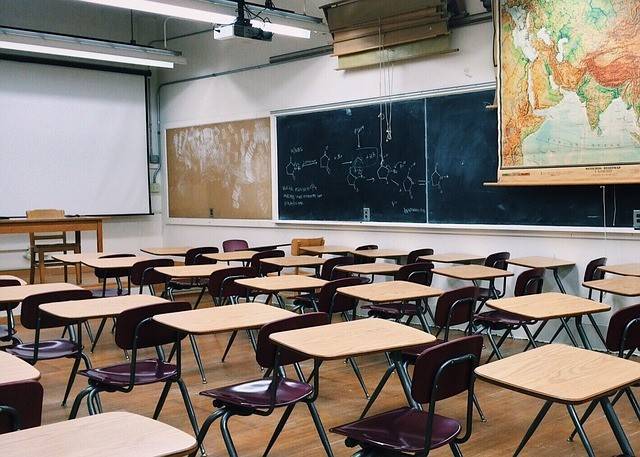Temporary Classrooms: Creating a Dynamic Learning Environment
Building classrooms can be an expensive endeavor for schools working on limited budgets. Having modular and dynamic learning spaces is more beneficial than building brick classrooms. Temporary structures offer many benefits and are in different industries.
The structures can be customized to fit different user needs. They are also cheaper and take less time to assemble. Here, we look at the top benefits of temporary classrooms and how they contribute to a dynamic and efficient learning environment.
Cost-Effective Solution
Cost of materials and labor are significant expenses incurred when building brick-and-mortar structures. Temporary classrooms are built using prefabricated materials that arrive on site ready for assembly. Assembly time can take a few days to a couple of weeks depending on the size of the structure.
Temporary buildings can be set on any surface, cutting the overall construction costs. The classrooms can be converted or extended later on at a cheaper cost. Semi-permanent classrooms provide a viable solution, allowing schools to accommodate a growing student population on a budget.
Rapid Deployment
Building a conventional brick structure can take months or years. You have to apply for the planning permissions and building regulations approval. The ability to put up learning spaces quickly becomes crucial during emergencies.
Temporary classrooms can be deployed quickly, providing a swift response to emergencies and ensuring continuity in education. The structures bring adaptability, meaning that they can be used for different activities, unlike brick classrooms.
Portable and Flexible
Temporary structures are flexible and portable. The building can be disassembled and the materials moved to a new location at no additional cost. For example, industrial tents can be used to set up temporary labs or workshops, which can be moved away later on.
Temporary structures available at Smart-Space can be customized with air conditioners and padded walls. Even though extra customization is expensive, it expands the use cases of the building. Such classrooms can be converted into labs or offices without any modifications.
Reduced Environmental Impact
Sustainability is a crucial factor in today’s world. Building new structures has an impact on the environment depending on the materials used. However, studies show that temporary structures have a lower environmental impact.
Materials used are recyclable and reusable, reducing the carbon footprint associated with building and maintaining temporary classrooms. Instead of demolition, the structures can be repurposed and used for different activities.
Quick Response to Increase Enrollment Numbers
Enrollment numbers in learning institutions can be unpredictable, and constructing permanent buildings based on projections can be risky. Semi-permanent or temporary classrooms offer a quick solution, allowing schools to adjust well without committing to long-term investments.
It also ensures that students and tutors can get ample and comfortable spaces to work and learn from. This adaptability ensures that educational resources are efficiently utilized and that students continue to receive quality education.
Wrapping Up
Even though temporary classrooms are still a new concept, the benefits they bring to the table are many. Embracing this shift addresses practical challenges while paving the way for a more flexible, sustainable, and cost-effective solution.
Read Also: Choosing a Chemistry Tutor for Your High Schooler: A Parent’s Guide

